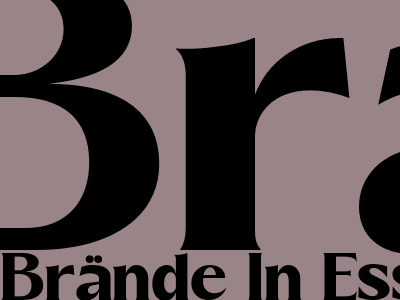Writing Content Optimization
Creating Content That Matches User Intent
Creating content that matches user intent is essential for SEO success. When users search for something online, they have a specific goal in mind. Your content should be designed to meet that goal. For example, if a user is searching for "how to bake a cake," they are not looking for a history of cakes. They are looking for instructions on how to make one. Your content should provide those instructions in a clear and concise way.
There are a few things you can do to ensure that your content matches user intent.
- Start by understanding your audience. Who are they? What are their needs? What are they looking for when they come to your website?
- Once you understand your audience, you can start to create content that is relevant to their needs. This means writing content that is informative, helpful, and engaging.
- Use keywords throughout your content. Keywords are the words and phrases that users are searching for. By using keywords in your content, you can make it easier for users to find your website.
- Organize your content in a logical way. Use headings and subheadings to break up your content into smaller, more manageable chunks. This will make it easier for users to skim your content and find the information they are looking for.
Optimizing Your Content for Search Engines
Once you have created content that matches user intent, you need to optimize it for search engines. This means making sure that your content is easy for search engines to crawl and index. You can do this by using proper HTML tags, including relevant keywords in your title tags and meta descriptions, and creating a sitemap.
Here are a few specific things you can do to optimize your content for search engines:
- Use proper HTML tags. HTML tags are the code that tells search engines how to interpret your content. Make sure to use the correct tags for your headings, paragraphs, and other elements.
- Include relevant keywords in your title tags and meta descriptions. The title tag and meta description are the two most important elements of your on-page SEO. Make sure to include relevant keywords in both of these elements.
- Create a sitemap. A sitemap is a file that lists all of the pages on your website. This makes it easier for search engines to crawl and index your website.
Promoting Your Content
Once you have created and optimized your content, you need to promote it so that people can find it. There are a number of ways to promote your content, including social media, email marketing, and paid advertising.
Here are a few tips for promoting your content:
- Use social media to share your content. Social media is a great way to reach a large audience with your content. Share your content on social media platforms like Facebook, Twitter, and LinkedIn.
- Use email marketing to promote your content. Email marketing is a great way to stay in touch with your audience and promote your new content. Send out regular emails to your subscribers with links to your latest blog posts, articles, and videos.
- Use paid advertising to reach a wider audience. Paid advertising can be a great way to reach a larger audience with your content. You can use paid advertising platforms like Google AdWords and Facebook Ads to promote your content to people who are interested in your topic.

Comments